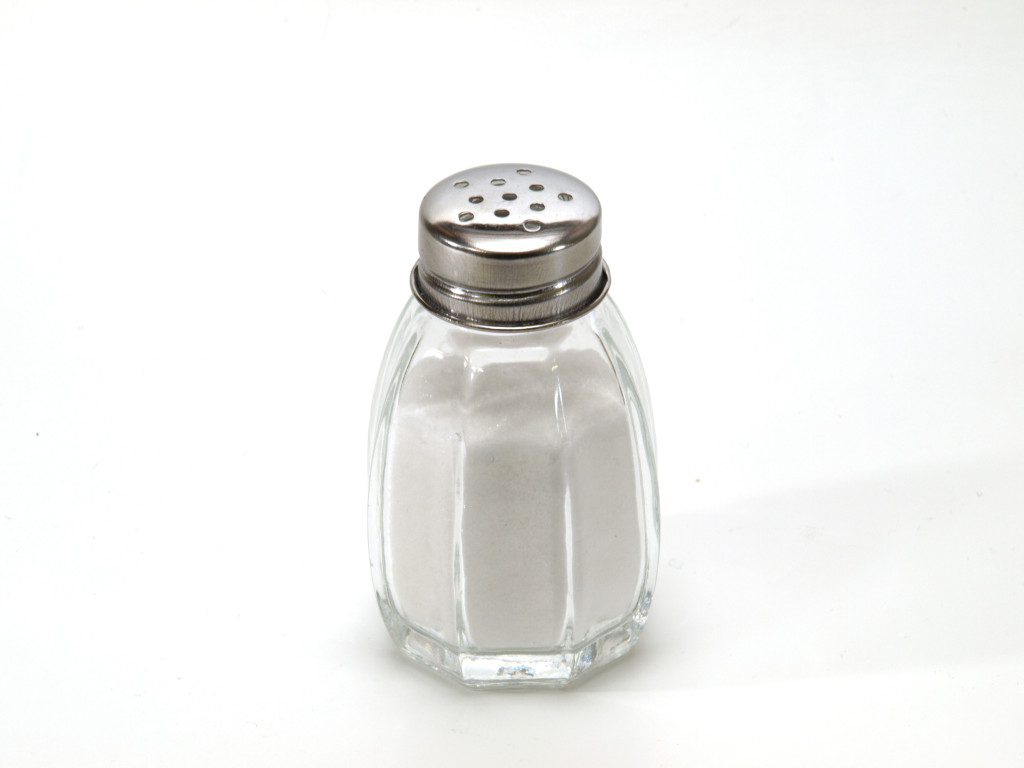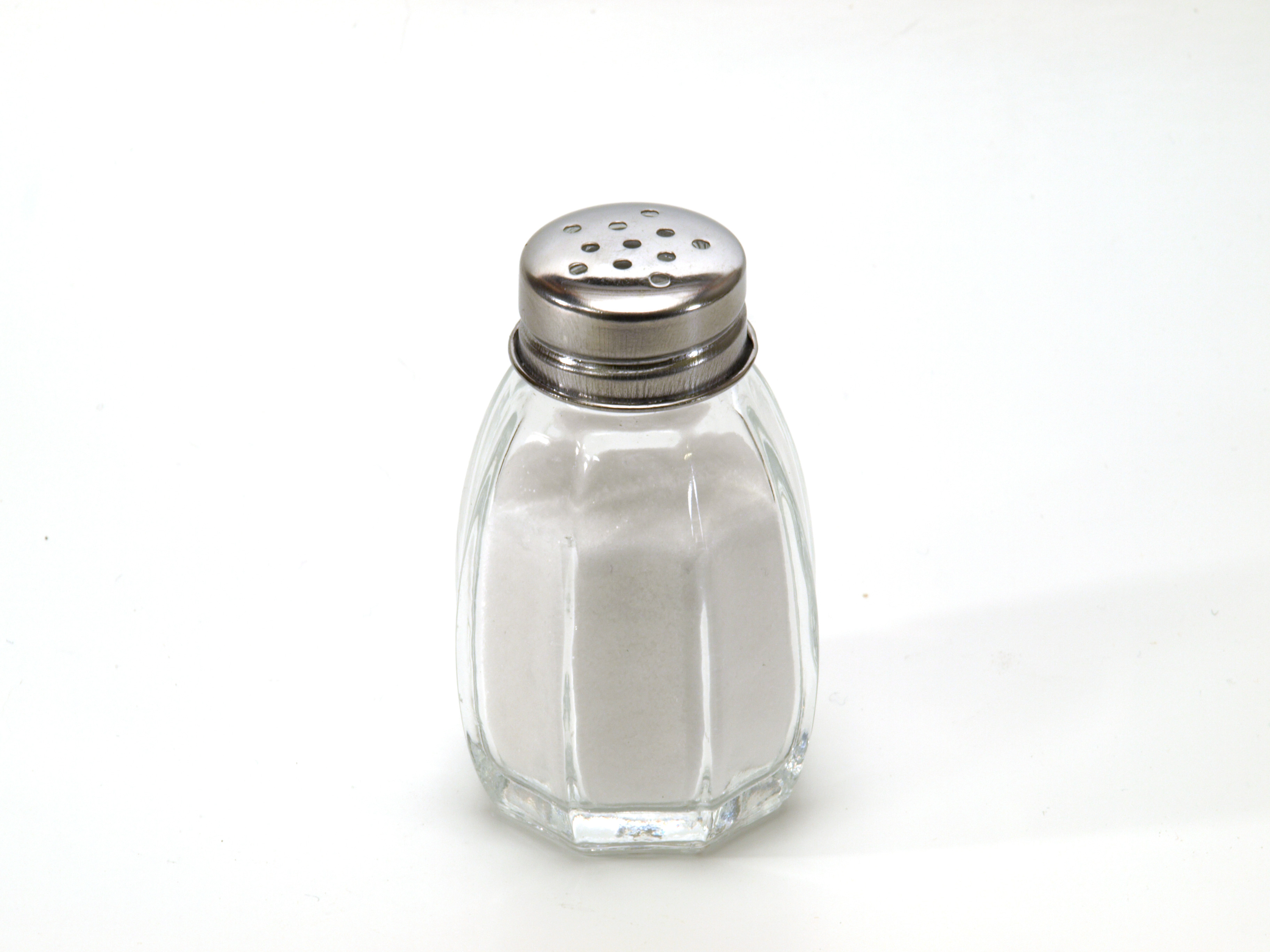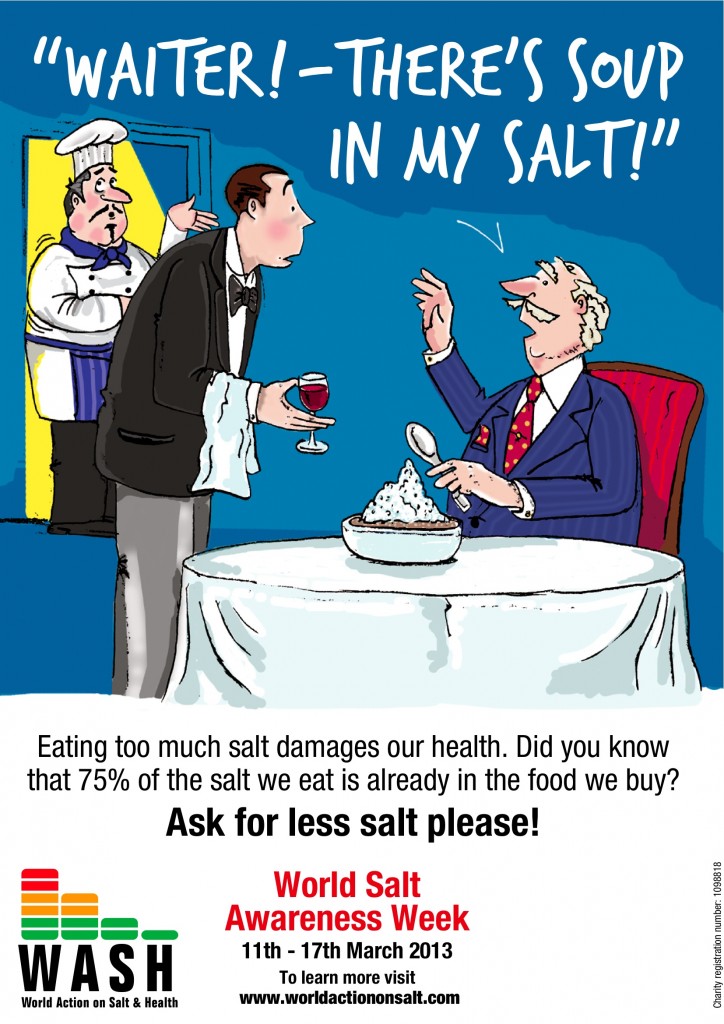Too much salt in daily food can lead to high blood pressure which increases the risk of stroke, says a nutrition expert.
A high salt intake is also a risk factor for heart disease, kidney disease, and stomach cancer, and may also be a contributor to osteoporosis, warns nutritionist Nivedita Sharma Vij on the eve of Salt Awareness Week which runs from 11 to 17 March.
 The Nutrient Reference Value for Australia and NZ recommends 2,300mg of sodium, or 6g of salt a day. “That’s about one teaspoonful of salt from all food sources. Just one cup of canned soup, for example, can contain more than 50% of the recommended daily sodium intake,” says the Auckland-based nutritionist.
The Nutrient Reference Value for Australia and NZ recommends 2,300mg of sodium, or 6g of salt a day. “That’s about one teaspoonful of salt from all food sources. Just one cup of canned soup, for example, can contain more than 50% of the recommended daily sodium intake,” says the Auckland-based nutritionist.
As much as 75% of daily sodium intake comes from the processed and takeaway food that we eat.
“Too much salt in the diet is a leading cause of high blood pressure. High blood pressure is the single biggest risk factor for stroke, being implicated in over 60% of cases.”
Mark Vivian, chief executive of Stroke Foundation, recommends reading the content labels of the foods before buying, and choosing the lower salt options more often, and steering clear of products high in salt. “Choosing more fresh foods and fewer packaged foods is a great way to reduce salt in the diet. Cutting down on salt will do everyone the world of good,†says Mark.
Nivedita suggests a few quick changes to diet to “shake the habit”:
Take the table salt off the table at work and at home for a week. Then continue the habit.
Add the salt at the end of your cooking. (Tip: taste your food and check if you really need it.)
Use low sodium salt and do not tell rest of the cooks in the house hold. Sneaky!
Season your food with fresh herbs and spices, or condiments. Tomato sauces, chutneys, marinades, instant noodles and soy sauces are packed with salt. (Use lemon, marinade meat with yogurt, herbs, ginger garlic or orange juice.)
Increase your fresh food consumption. Eat fruits, vegetables, meat, fish, unsalted nuts, milk with no added seasoning and salt. These foods are generally lower in salt than processed foods.
Read labels and look for sodium content: it should be less than 400mg/100gm and if you have high blood pressure then 120mg/100gm.
Look ‘invisible salt intake’ for seasonings added in the food – processed and packaged foods are usually high in sodium and hidden source of extra salt (Sodium Chloride).
For more information visit the New Zealand Stroke Foundation.


Leave a Reply